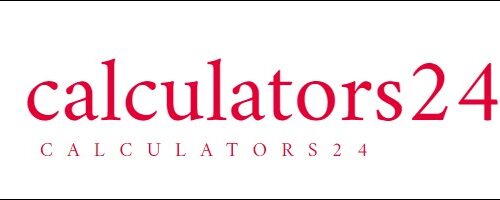Results
Estimated Conception Date: N/A
Possible Range of Conception Dates: N/A
Decoding the Marvel: Unraveling the Secrets of Pregnancy Conception Calculators
Embarking on the captivating journey of parenthood often commences with a singular yet profound moment—the inception of a new life. For couples venturing into the realms of starting or growing their families, the Pregnancy Conception Calculator emerges as an indispensable ally. This tool serves to unravel the mysteries surrounding the likely date of conception, shedding light on the nascent stages of pregnancy. In this comprehensive exploration, we will delve into the intricacies of what defines the Pregnancy Conception Calculator, its operational mechanics, and the profound significance it holds for hopeful parents.
The Enigmatic Instant: Conception Unveiled
Conception materializes when a sperm cell triumphantly merges with an egg, giving rise to the creation of a zygote—the inaugural cell of a budding human life. This extraordinary occurrence unfolds within the fallopian tube, heralding the commencement of a 40-week odyssey through pregnancy.
Demystifying the Pregnancy Conception Calculator
The Pregnancy Conception Calculator stands as a purposeful instrument crafted to approximate the date of conception based on pivotal information, primarily the expected due date (EDD) or the date of the last menstrual period (LMP). Here’s an insightful breakdown of its functionality:
Utilizing the EDD: If armed with the anticipated due date, the calculator executes a reverse calculation, subtracting approximately 266 to 280 days (or 38 to 40 weeks) from the EDD to gauge the probable date of conception. This approach hinges on the assumption of a conventional 28-day menstrual cycle and a 14-day luteal phase.
Leveraging the LMP: In cases where the EDD remains elusive but the last menstrual period date is available, the calculator incorporates an addition of roughly 14 to 15 days to that specific date. This augurs the estimation of ovulation, typically occurring at the midpoint of the menstrual cycle. Conception, in this scenario, usually transpires within 24 hours following ovulation.
Unveiling the Importance of the Conception Date
The significance attributed to the conception date extends across several domains:
Pregnancy Validation: The confirmation of pregnancy is a momentous yet uncertain juncture for many women. The projected conception date plays a pivotal role in providing clarity and assurance, especially if it aligns with the onset of early pregnancy symptoms.
Prenatal Care Blueprint: A precise awareness of the conception date equips healthcare providers with the necessary information to formulate a comprehensive schedule for prenatal care. This encompasses the strategic timing of ultrasounds and prenatal tests.
Personal Milestone: The conception date etches a distinctive mark in the hearts of expectant parents, symbolizing the initiation of their singular expedition into parenthood.
Considerations in the Equation
While the Pregnancy Conception Calculator offers a commendable estimate, it is imperative to acknowledge the variables at play:
Inherent Variability: Individual factors can introduce nuances, leading to variations in the actual conception date despite the calculator’s estimations.
Assisted Reproductive Technologies (ART): Couples undergoing fertility treatments may traverse a different path to conception, deviating from the assumptions ingrained in the calculator’s methodology.
In conclusion, the Pregnancy Conception Calculator stands as a portal into the embryonic instants of pregnancy, furnishing prospective parents with an approximation of the commencement of their journey into parenthood. It emerges as a tool that not only elucidates but also infuses the path of family expansion with clarity, anticipation, and a profound sense of the miraculous.
